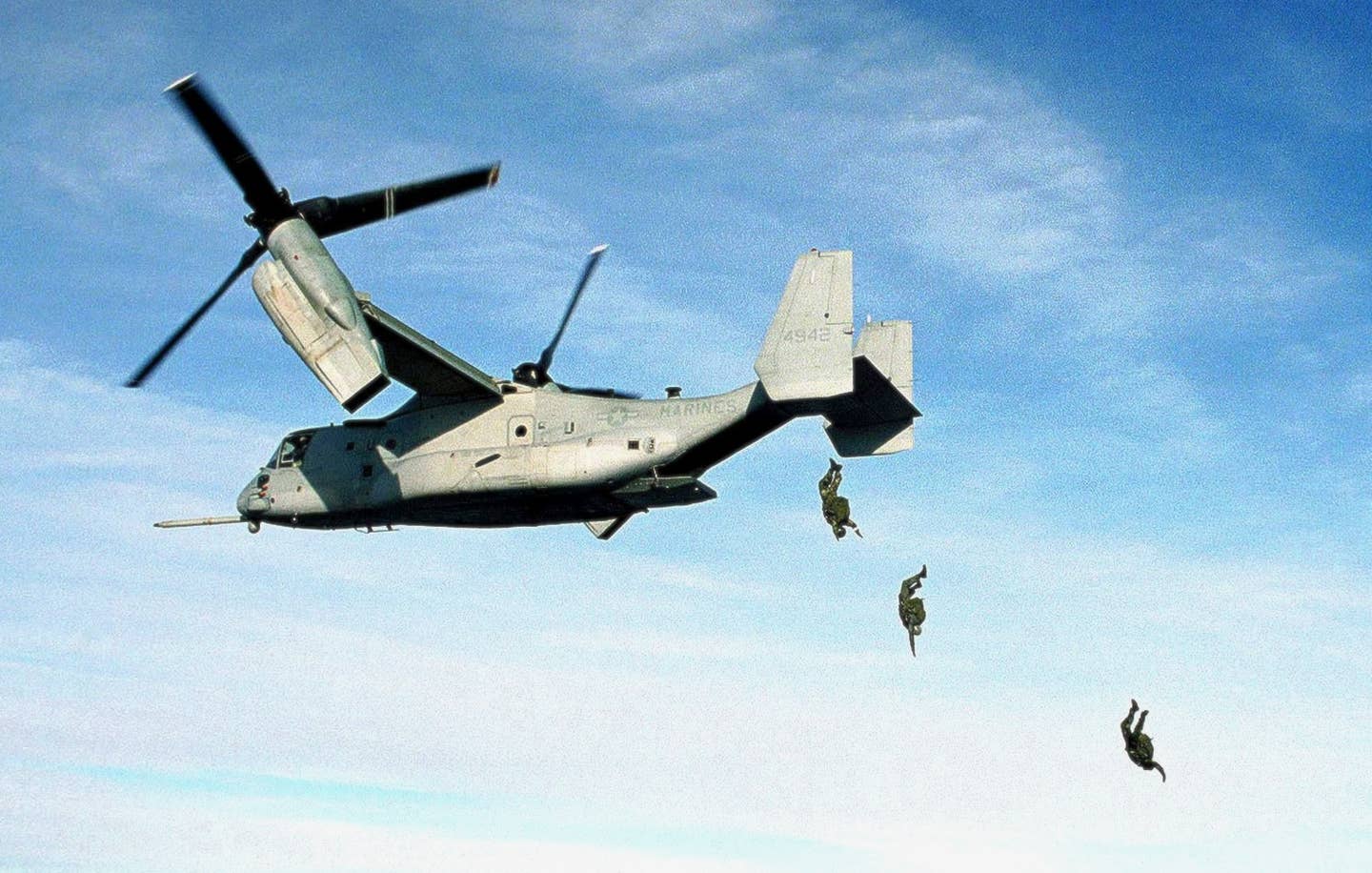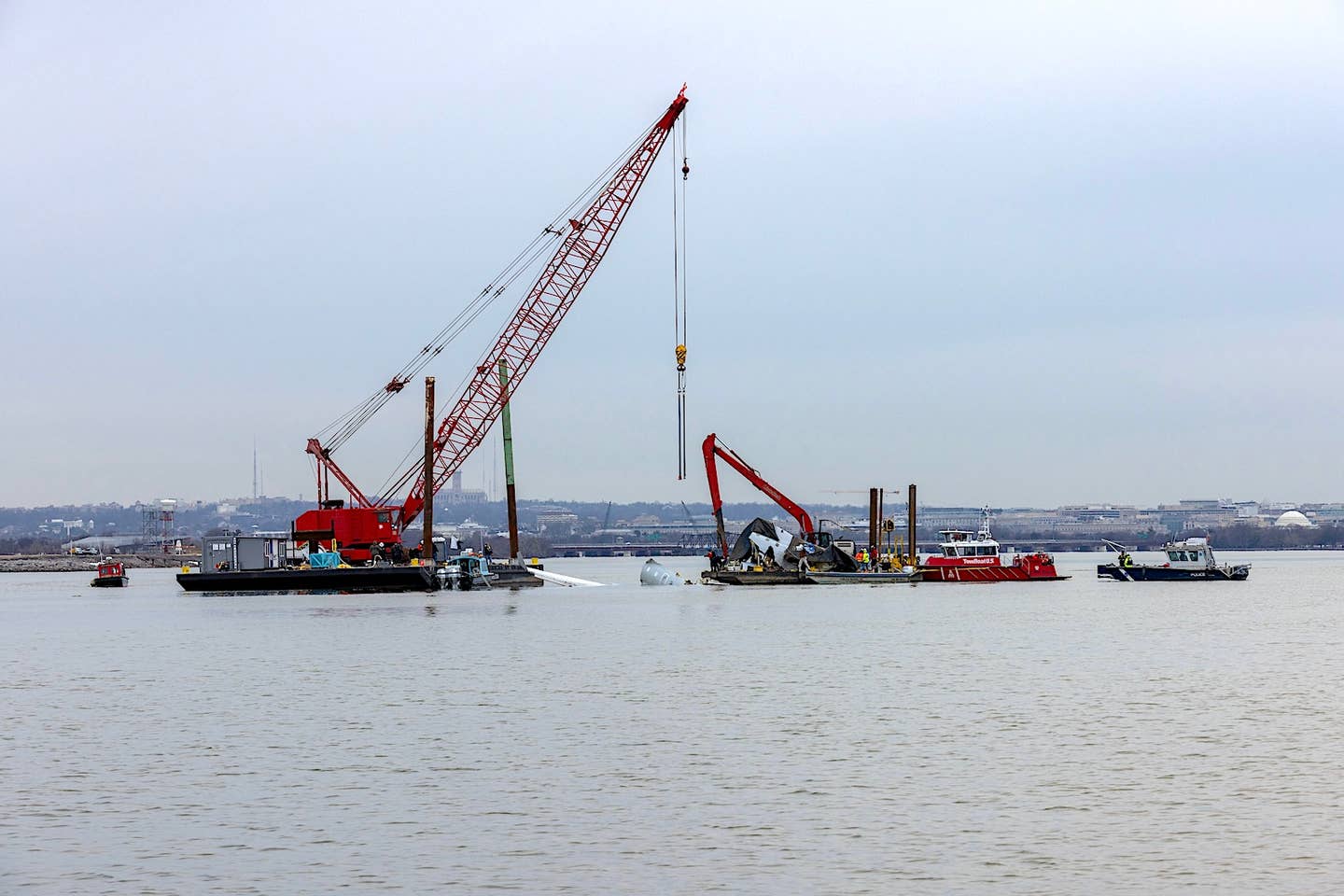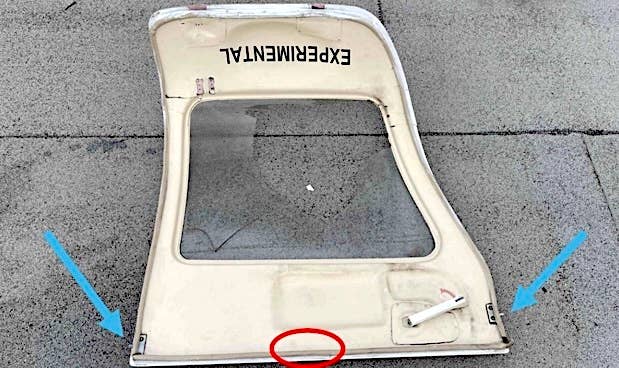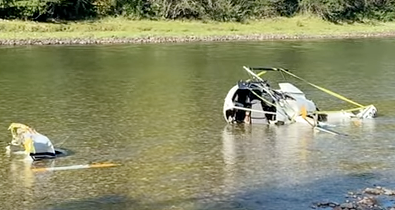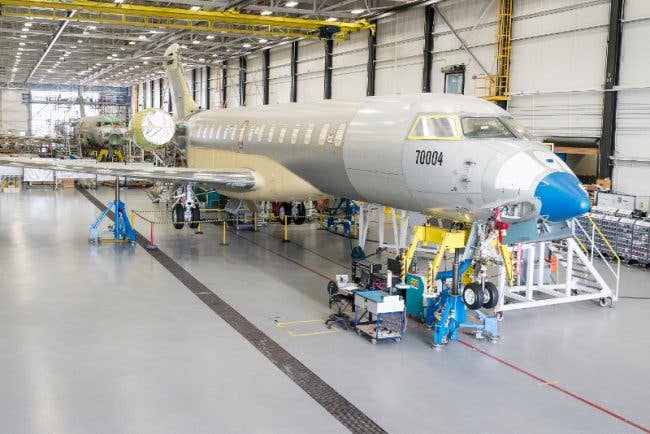FAA: Santa Monica Airport Violated Grant Assurances
The ongoing saga of Santa Monica Airport now includes a rebuke from the FAA for the city’s handling of federal grants. In ruling against the city in a complaint filed…
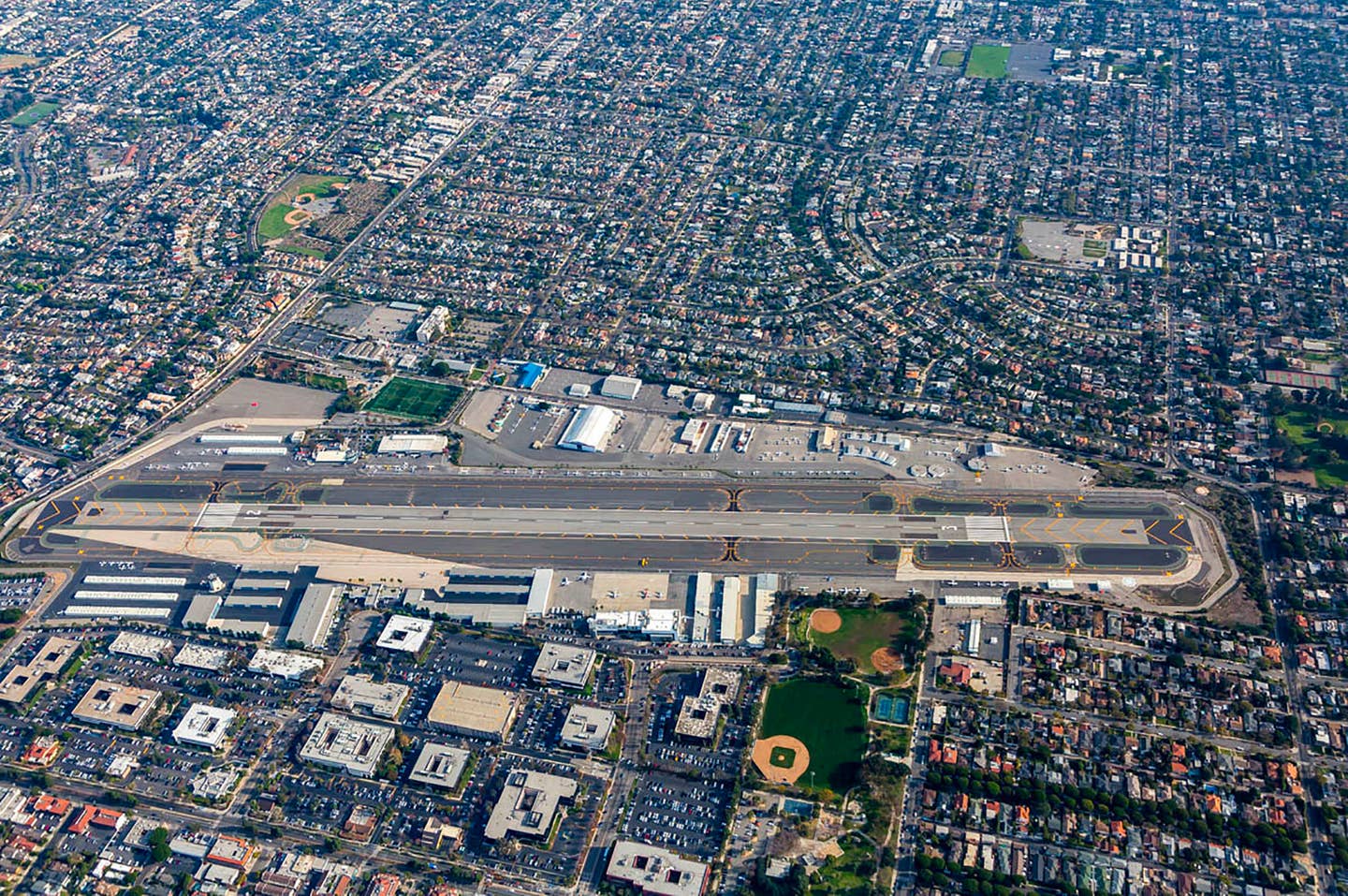
Image: AOPA
The ongoing saga of Santa Monica Airport now includes a rebuke from the FAA for the city’s handling of federal grants. In ruling against the city in a complaint filed in 2016, the FAA seeks to correct how federal funds have been handled within the city and for the airport. You may remember that in 2017, the FAA came to an agreement with the city on the continuing operation of SMO through Dec. 31, 2028, that included allowing shortening of the single runway. Santa Monica Airport has been attacked by city residents as noisy and dangerous.
In the 2016 filing, the “complainants,” which included NBAA and AOPA, said that “airport revenue has been and continues to be diverted through insufficiently documented alleged loans from the City to the Airport and that the City charges excessive interest thereon; the landing fee structure at the Airport is flawed, resulting in excessive and unjustified fees; a non-aeronautical user, Santa Monica College (SMC), has paid below-market rent for non-aeronautical property; and the City has refused to extend the leases of aeronautical tenants beyond month-to-month holdover terms and adopted short-term leasing policies.”
In the lengthy response, the FAA determined that the “alleged loans to the Airport are insufficiently and improperly documented as such and fail to satisfy the requirements of loans under the Revenue Use Policy.” In response, the city of Santa Monica says it will “implement a corrective action plan to recalculate the accumulated interest on its loans.”
The FAA also found that the Santa Monica College was paying below fair-market value for a facility on the field and that the “leasing agreement between the City and the College was not consistent with the City's federal obligations, but that the City took proactive steps to correct the situation by submitting the corrective action plan, which, upon review, is generally consistent with correcting the situation. However, within 60 days, the City still must provide details, acceptable to the FAA, on (1) how it will ensure future compliance, (2) how reimbursements to the Airport for any differential between the rent paid by the College in FY2017 and beyond will occur, and (3) the City's actions concerning future leases with the College.”
The complaint also accused the city of setting “excessive and unreasonable landing fees,” to which the FAA responded that the city’s “justification for its landing fee methodology and rates does not reflect current and actual costs and use of the Airport, and some of the methodology is unclear … Therefore, within 60 days, the City must update its methodology and fees to reflect current and actual costs in the use of the Airport and in accordance with FAA guidance.”
The final issue had to do with property leases on the airport, which the FAA found to be “generally consistent with the 2017 Settlement Agreement, any leases to aeronautical service providers must be ‘no less than (3) years’ in duration.” Airport businesses objected to the shortness of the leases and said that the city had “denied new leases and imposed month-to-month lease terms,” but the FAA found the city to be generally in compliance with the agreement.

